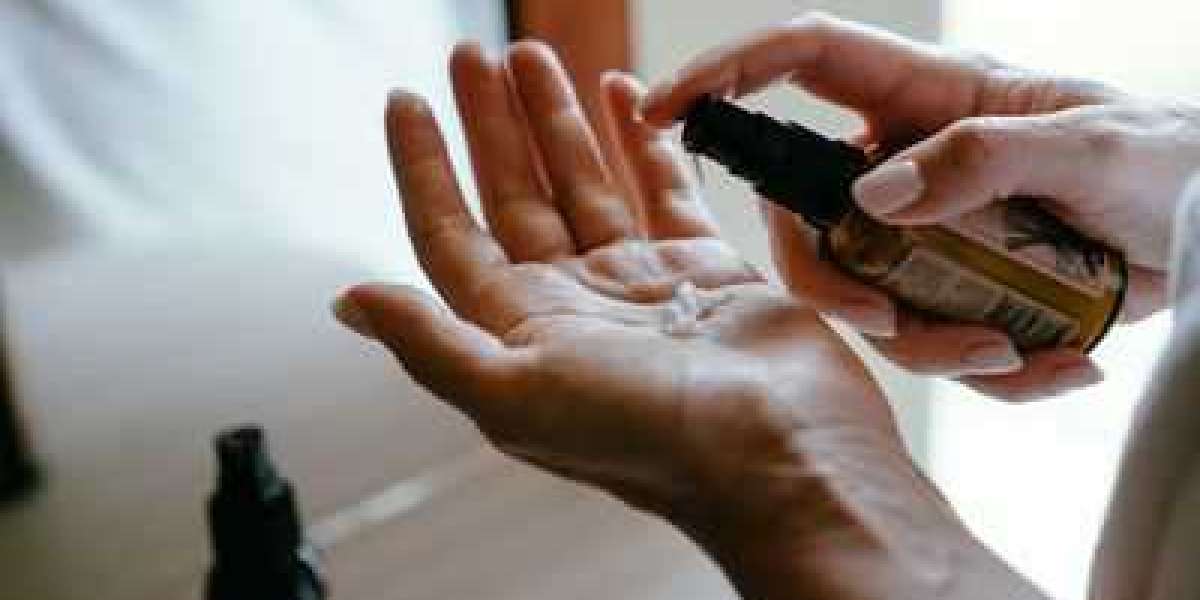Are you confused between choosing numbing cream or numbing gel for the aftercare of your new tattoo? You have reached the right place to get your query addressed. Numbing gels and creams are both available to numb the skin after getting a tattoo inked. But understanding the difference between numbing gel and numbing cream will help you get the best pain relief options after undertaking a tattoo session. So, let's dive in.
Skin numbing gels and creams are medications that function like a local anaesthetic for reducing sensitivity to pain in the areas they are applied to. They work by blocking nerve signals in the body. A numbing gel is used for a wide variety of purposes, such as before medical and cosmetic procedures. Numbing creams are also used after undergoing these procedures.
Difference Between Numbing Cream and Gel
Many people use the words cream and gel interchangeably. But in reality, these are two different types of products. Gel has a texture similar to jelly, and it is water-based. They are clear or almost clear and do not have any added fragrance. While creams have an oil base, they are not clear. The main reason why you should use numbing gel instead of cream for tattoos is that gels leave a drier skin surface while creams leave the skin moisture.
Numbing gels are more likely to leave a drier skin surface as they absorb into the skin very easily. This allows the tattoo artist to create perfectly clean lines, as a drier surface is easier to work on than an oily one. Since numbing gels absorb into the skin more easily; they are particularly good at delivering pain relief quickly and effectively.
Numbing creams are used to pre-numb the area for approximately 1-3 hours before starting the tattoo procedure. They are extremely strong but need a long setup time to work properly. They take the longest to get you numb the longest. Numbing creams are applied before the skin has been broken.
On the other hand, numbing gels are secondary numbing agents that only work properly on broken skin. They have higher water content and hence are easily and quickly absorbed by open skin. Numbing gels are applied throughout the tattoo session while taking breaks, as they work fast and keep you numb. They take 10-15 minutes to get you numb.
How to Use a Numbing Gel?
About one hour before your session starts, you can apply a layer of gel to the tattoo area. Avoid rubbing the gel into your skin. You should let the numbing gel do the work and absorb into the area itself. Make sure you cover the gel with plastic wrap in order to increase absorption. You can leave the plastic wrap lightly covered for about an hour. The numbing properties of the gel may last for about two hours.
What is Better, a Numbing Cream or a Gel?
This depends on the situation. There are times when a numbing cream would be better for tattoos. If you are having permanent makeup applied or laser treatment, numbing cream should be your best option. Creams are well suited for people undergoing professional microblading, lip blush, powder brows, or freckles applied and those having laser hair removal. However, numbing gel is suggested to be used for traditional tattoo work instead of numbing cream.
How to Choose the Best Tattoo Numbing Gel?
When you have a great numbing gel, you will feel comfortable during the tattoo session. Gels have the ability to numb the skin and reduce itchiness, redness, and irritation. Go for a gel that has lidocaine, which is known for its effective ability to block pain locally. But also make sure that the numbing gel you choose does not include epinephrine, as this ingredient can cause the heart to race and constrict the blood vessels.
Why is Lidocaine Important in Numbing Cream?
Lidocaine is a local anesthetic used in skin-numbing creams and gels to make it numb. It works by stopping the nerves from sending pain signals to your brain. It blocks certain nerves using the intercostal, brachial plexus, lumbar and epidural blocking techniques. Hence, it is often used before undergoing a cosmetic or medical procedure that involves a needle or laser. Some numbing gels and creams contain lidocaine mixed with other local anaesthetics like prilocaine.
Lidocaine skin gels work quite quickly, and most people start feeling a numbing effect within 30-60 minutes. Lidocaine creams and gels are generally very safe, the most common side effects being itching and tingling. However, you need to avoid scratching or rubbing the affected area of skin or expose it to extreme heat or cold until the numbing effect has worn off.
To Sum Up
Now that you know the key differences between a numbing cream and a numbing gel, you can make the right decision according to your needs. Make sure you follow the instructions when applying the cream of gel on the affected area to eliminate the risk of any complications or side effects.



